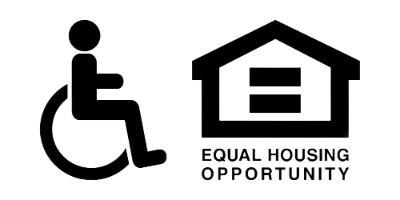
Uncategorized
What Independence Really Means: A 4th of July Reflection from Spring Hills
What Independence Really Means:A 4th of July Reflection from Spring Hills For some, it means staying active and engaged with…











